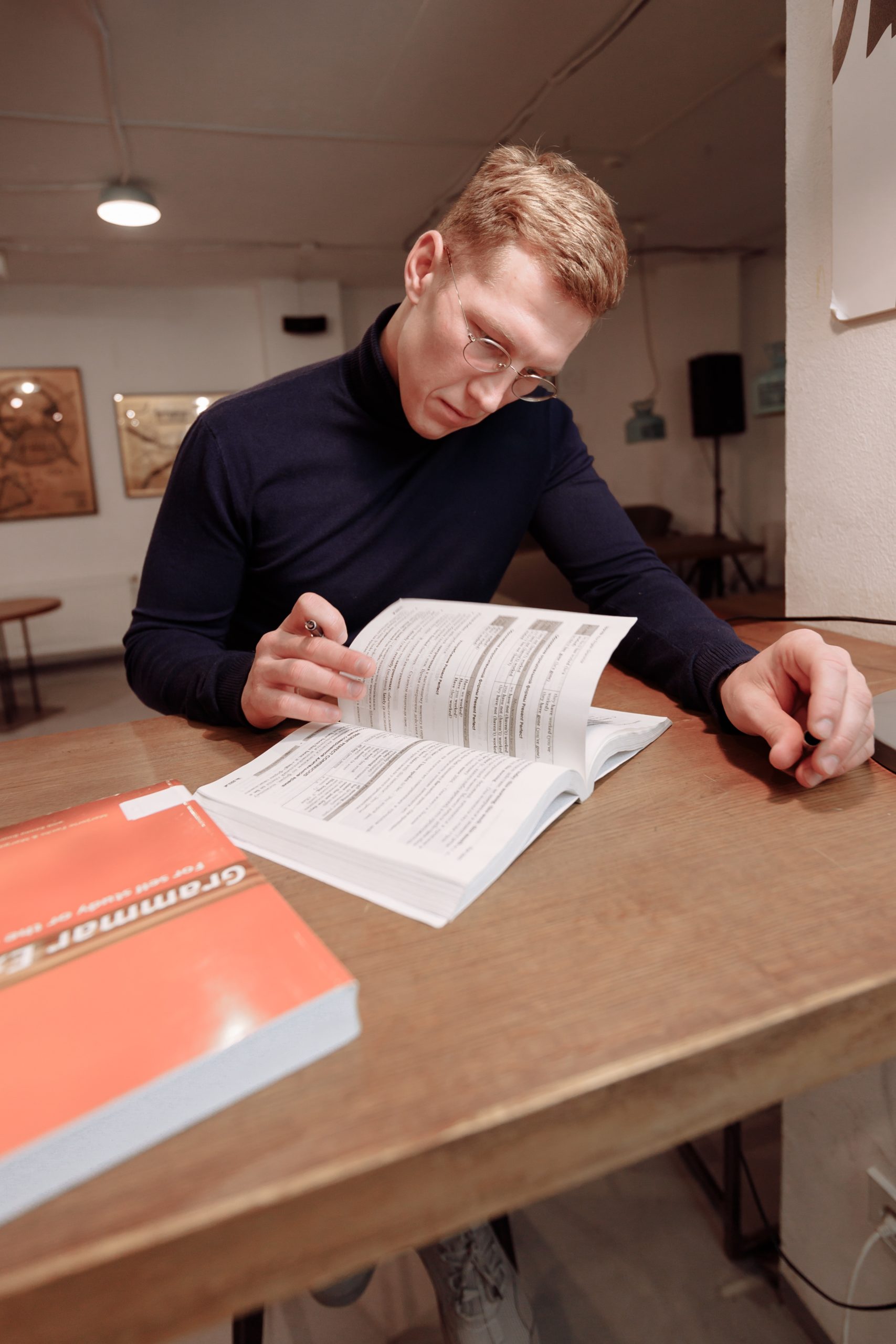In Spanish, verbs are classified according to different criteria. One of them is according to their inflection, and they can be regular verbs and irregular verbs in Spanish.
Surely you know that when we conjugate verbs, some of them keep the root unaltered and follow patterns for the endings (regular verbs). But others suffer modifications in the stem, in the endings or in both: these are irregular verbs.
Irregular verbs have particular conjugations that deviate from those of standard verbs, as they have changes in the stem, the ending, or both. Let's see what they are, how to conjugate them and some tips on how to learn them correctly. In our Spanish language school we will teach you some tricks to make it easier.
Tips on how to learn irregular verbs in Spanish
To begin with, you should know that among the irregular verbs, there are some that have an irregularity of their own. That is, their paradigm (the way they are conjugated) is unique, such as IR and SER. On the other hand, those with common irregularities repeat a pattern and serve as a model for other irregular verbs. Now we are going to look at those with common irregularities.
- Group 1: these are verbs with an intermediate vowel "e", which when conjugated becomes "ie" in the whole singular and the third person plural of the present indicative and the present subjunctive. Some examples of this group are: apagar (switch off), trabajar (work), cerrar (close), etc.
- Group 2: these are verbs with a vowel "o" in between, which when conjugated becomes "ue" in the whole singular and third person plural of the present indicative and present subjunctive. Some examples of verbs in this group are: llover (rain), soñar (dream) or encontrar (find).
- Group 3: verbs in this group add the hard "c" sound preceded by a "z" in the first person singular of the present indicative and throughout the present subjunctive.
- Group 4: Spanish irregular verbs ending in "-ducir" add the hard "c" sound preceded by a "z" in the first person singular of the present indicative and throughout the present subjunctive. Also in the preterite indefinido and in the preterite imperfect subjunctive they change "c" to "j".
- the singular and the third person plural of the present indicative: visto, vistes, viste, viste, vestimos, vestís, visten.
- the third person of the indefinite past tense: vistió, vistieron.
- the whole of the present subjunctive: vista, vistas, vista, vistamos, vistáis, vistan..
- the past imperfect subjunctive: vistiera or vistiese, vistieras or vistieses, vistiera or vistieses, vistiéramos or vistiésemos.
- the imperative: viste.
- the gerund: vistiendo.


